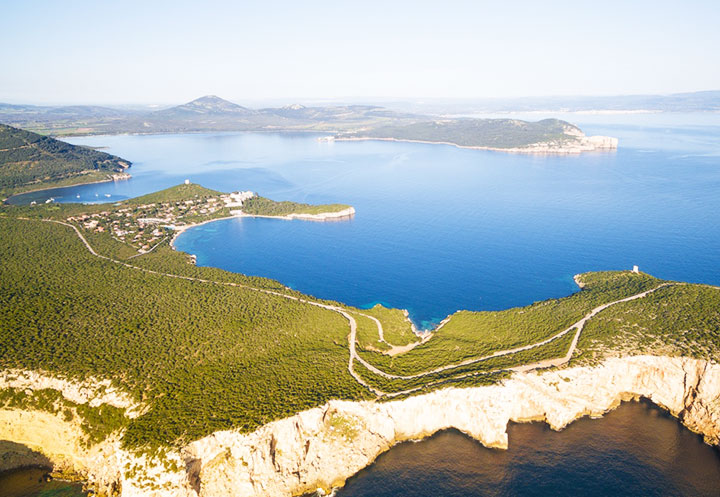
The Bay of Nymphs
The gulf of Porto Conte, with its fertile plain behind it, is one of the best natural harbors in the Mediterranean and has been frequented by man since ancient times. The first signs of human presence in the area date back to the Middle Neolithic (4000 – 3500 BC) and Recent (3500 – 2700 BC), important testimonials. The Green Grotto is the most interesting site, inside human fossil remains, cardial ceramic vases and enigmatic graffiti have been found.
The Nuragic Age
The Nuragic civilization developed in Sardinia from 1500 BC. up to the following Iron Age, a period of about 1,000 years, there are several Nuraghi, the building symbol of this civilization, present in the territory of the protected area, the most important of which are the Nuragic villages of Palmavera and Sant ‘Imbenia.
The first, located close to the homonymous hill, has a central tower, to which others are connected, around which was the village made up of a series of huts, warehouses and enclosures for animals. Sant’Imbenia, in the innermost stretch of the gulf, has a single tower nuraghe with a surrounding village, considering its position, a few tens of meters from the coast, it was an important commercial centre, artefacts from the Phoenician Age have been found there, the navigators – traders from the Middle East arrived in Sardinia around 900 BC.
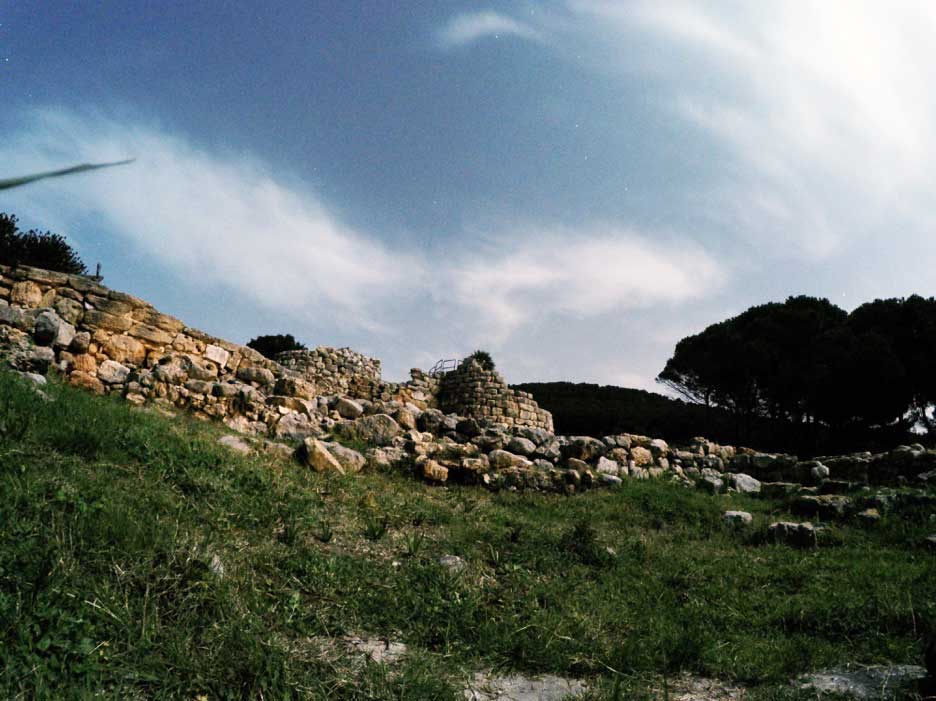
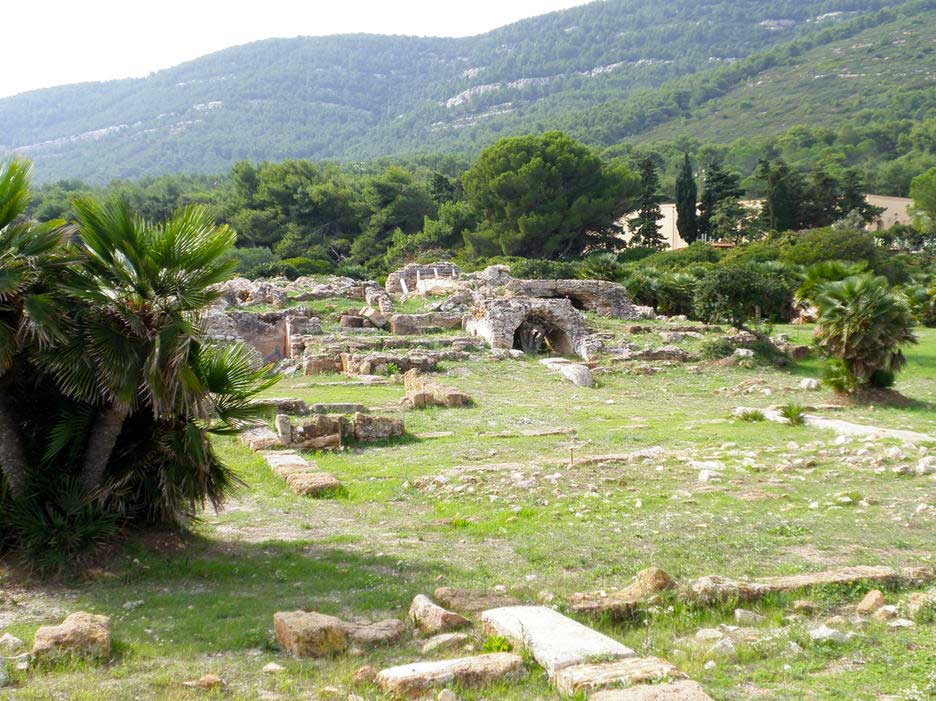
The Roman Age
Roman domination in Sardinia began in 238 BC, the island became the “granary of Rome” for its important wheat production. The Romans who arrived in the gulf of Porto Conte were so struck by the beauty of the landscape that they gave the name of Nymphaeus Portus to the bay and used the lands of the Sant’Imbenia plain to produce the precious cereal.
Testimony of this activity is the villa-company of Sant’Imbenia, it is believed to be the residence connected to a large estate of a noble family, it was built in the imperial age around the 1st century AD. it was flourishing until the 2nd century, then it began to decline, even if it continued to be used until the 7th century AD.
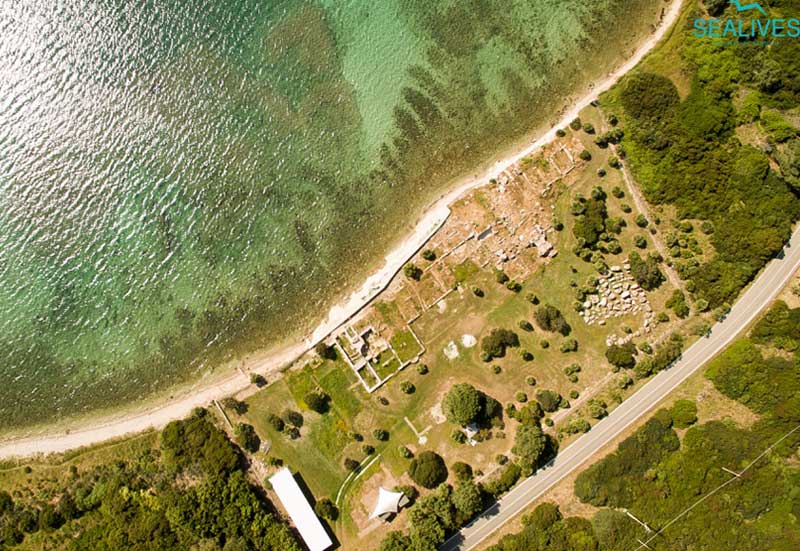
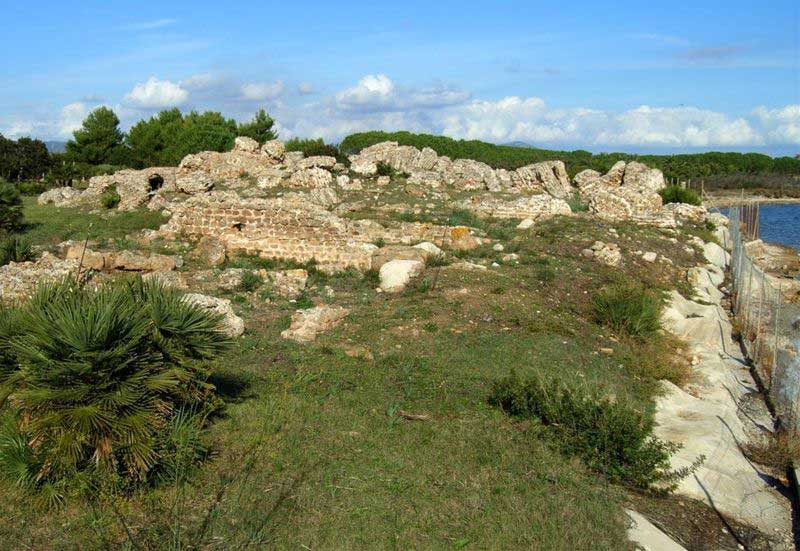
The Medieval Age
With the decline of the Roman Empire and during the Middle Ages the Bay of Nymphs went through a long period of abandonment and depopulation, at the beginning of the XII century the Genoese family of the Dorias founded the first nucleus of the city of Alghero and all the territory to the north of the new settlement loses interest. But in 1353 the stretch of water nestled between the two promontories of Capo Caccia and Punta Giglio became the scene of an event that had a profound effect on the history of Sardinia and in particular of Alghero, the naval battle between the Genoese fleet and the Aragonese-Venetian fleet, the victory of the latter sanctioned the end of the Genoese dominion in Alghero and the beginning of the Aragonese one.
Spanish domination
1469, with the union of the two Kingdoms of Castile and Aragon, marks the birth of Spanish power and Alghero becomes a stronghold of the Kingdom of Spain, but in the Mediterranean the power of the Catholic kings is disturbed by the presence of Barbary pirates, coming from Barbary , as North Africa was called at the time, which with their frequent incursions on the coasts become a constant threat to the coastal populations. Sardinia, especially the western coast, was exposed to this threat, and during the reign of Emperor Philip II, in the second half of the 15th century, a plan was approved for the defense of the coasts through the construction of watchtowers. There are six of them in the territory of the Porto Conte Park.
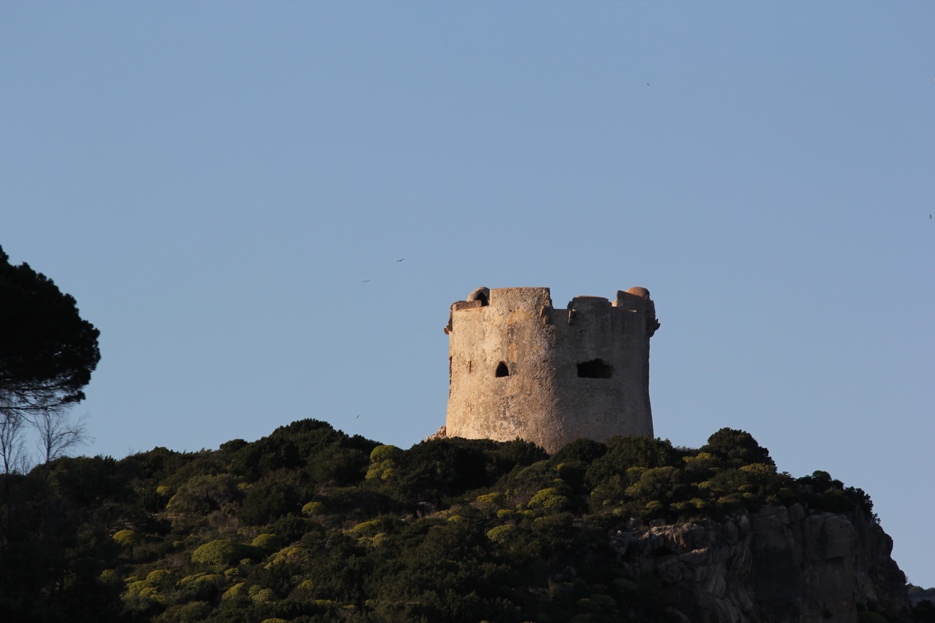
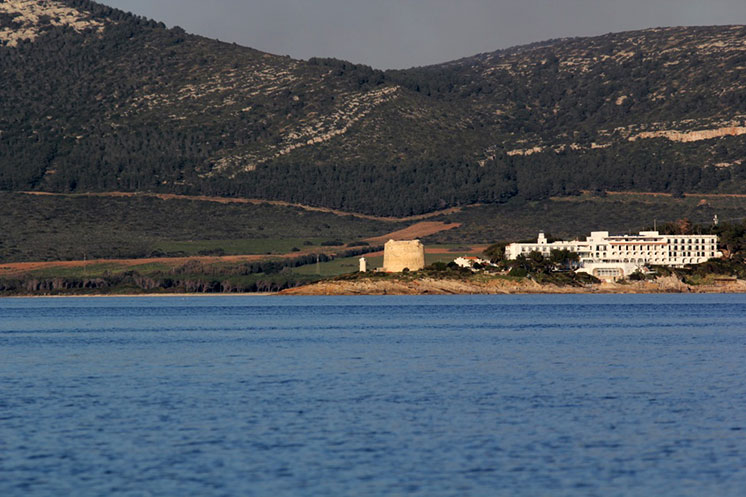
The reclamation of the first thirty years of the ‘900
Abandonment and desolation reigned in the area north of Alghero, as well as in the sub-region of north-western Sardinia called Nurra, until the end of the 1930s, in the Fascist period, when these territories were affected by a vast of reclamation. Inserted in this context is the birth of the open-air workhouse of Tramariglio. This penal colony originated under a contract stipulated in 1938, in which the Ferrarese Colonization Agency granted the Ministry of Justice that portion of the territory on the Capo Caccia promontory and the buildings that would be built there for twenty years.
The period of detention in Tramariglio
The twenty years of activity of the Penal Colony of Tramariglio, from 1941 to 1961, passed marked by the daily work activities of the prisoners, engaged in cultivating wheat and vines, reforesting the coast and working the leaves of the dwarf palm to obtain the vegetable horsehair . Only a few incidents shook the monotonous life of this atypical community made up of prisoners, prison officers with their families and administrative staff of the penal colony.
Among these, the escape of the poet-bandit Bachisio Falconi in 1943, the mutiny of the prisoners in 1951 and, the bloodiest episode, the killing of the prison guard Giuseppe Tomasiello by the prisoner Edoardo Corsi in January 1960.
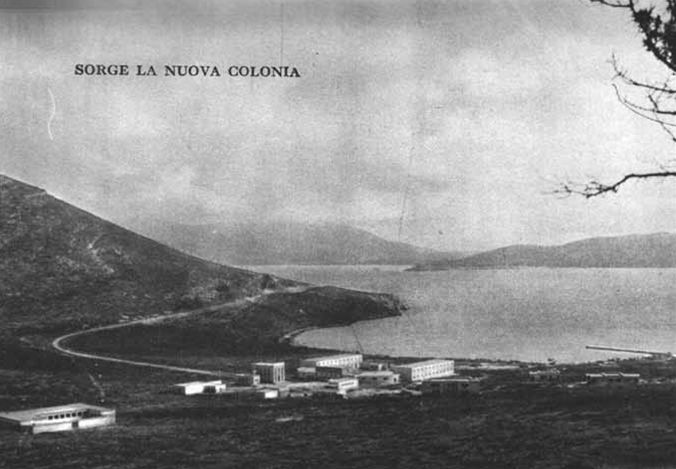
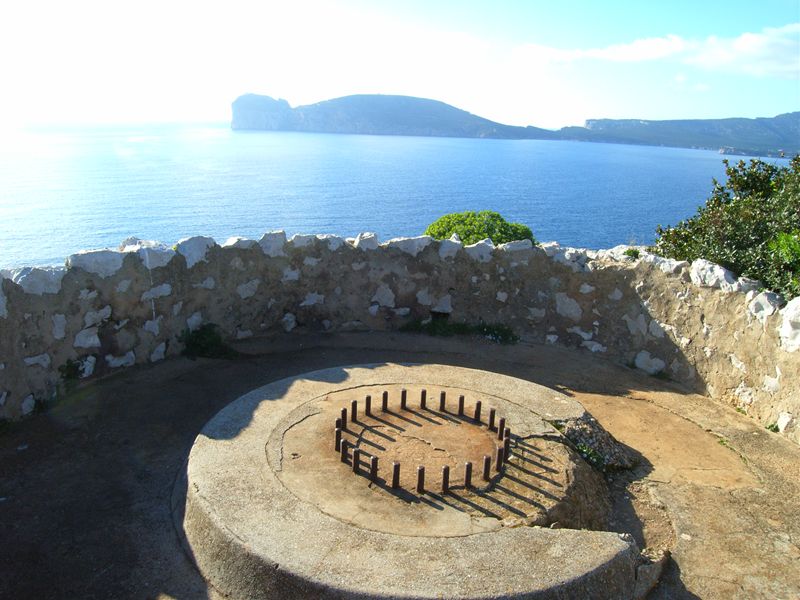
The war events of the Second World War in Porto Conte
During the Second World War the territory of Alghero and in particular the coastal strip to the south and north of the city were affected by the construction of military structures, the globular concrete blockhouses and anti-aircraft emplacements, in anticipation of a possible landing of allied troops in Western Sardinia, specifically the bay of Porto Conte. The forecasts of the Italian-German military commands turned out to be wrong, the allies landed in Sicily, but in the territory of the Park the abandoned military posts on the promontory of Punta Giglio, on Monte Doglia and on its hilly spurs Monte Murone and Monte Palmavera, are silent testimonies of a tragic past.


